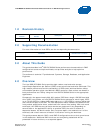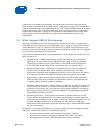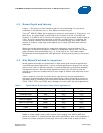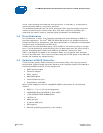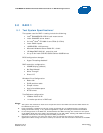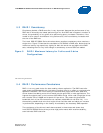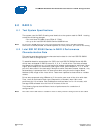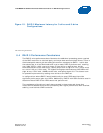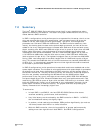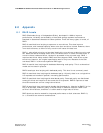
Intel
SSD DC S3500 Workload Characterization in RAID Configurations
December 2013 White Paper
329903-001US 17
Figure 10. RAID 5 Maximum Latency for 3-drive and 8-drive
Configurations
Intel internal testing, October 2013
6.4 RAID 5 Performance Conclusions
The RAID 5 write performance data illustrates the additional processing power required
of the RAID controller to calculate parity and stripe data across multiple drives. There is
diminished performance gain be adding drives when compared to RAID 1. Intel’s data
also shows that in mixed workloads and in pure reads, RAID 5 performs well, reaching
over 300K IOPS in 100% read at a queue of 8 per drive on eight drives. As the
workloads become more read heavy, latency drops from a high of 2.2 ms (100% write)
to a low of 140 µs (100% read). The highest throughput achieved was 2400 MB/s with
eight drives, 100% read, 128KB transfer size, and queue depth of 8. This leaves room
for possible improvement by adding more drives to the RAID set.
In configurations where RAID 5 would traditionally be used, SSDs would provide
significant performance gain over HDDs. Additionally, RAID 5 with SSDs could be used in
situations where RAID 5 with HDDs would not perform well.
The consistency of the drives is well demonstrated in these tests and shows that
Intel
®
SSD DC S3500 Series drives consistently offer higher performance with excellent
stability, even behind a RAID controller.




